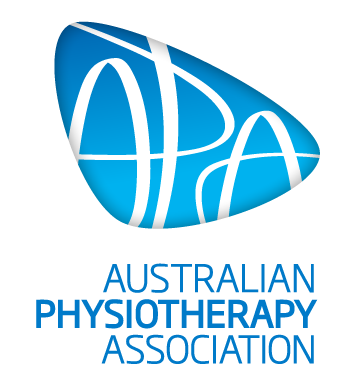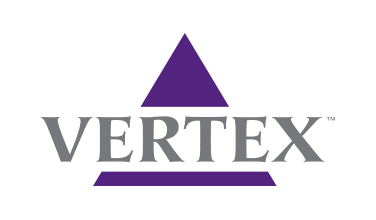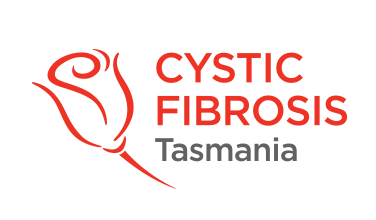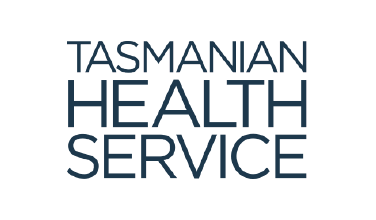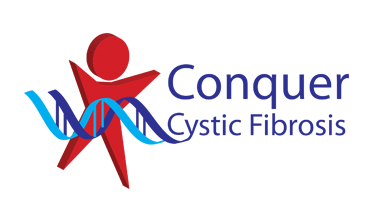Inhalation therapy
Inhalation therapy is the delivery of medications to your child’s lungs using a nebuliser or an inhaler device.
Each child will start on inhaled therapies at different ages, and this will be decided together with your child’s care team.
Inhaled medications can work in different ways to directly help the lungs.
- bronchodilators: these will open up the airways helping airflow but also protecting them from irritants that may cause the airways to tighten
- mucolytics – these are medications that will help the secretions in the airways, which can get thick and sticky, to become thinner and easier to move
- antibiotics – these are medications that help to fight any bacteria or bugs in the airways
Your physiotherapist can help you learn more about inhaled therapies, how to use the devices, and techniques to help your child get used to these therapies. Your physiotherapist will work closely with your child’s doctor and you, when first introducing these treatments as needed.
There is more useful information in the links below on inhaled therapies.
There is more useful information in the links below on inhaled therapies.
When you first introduce these treatments to your child it is important to make your child feel comfortable, sitting in a space they like, and with some happy distractions.
- Routine is king, try to find a time that suits and stick to it
- Use distractions that you know your child responds to e.g. books, a favourite show, singing, music, another family member providing entertainment
- Try to associate the nebuliser with a pleasant activity, e.g. one of their favourite shows, and only use that show during nebulisers
- Small sustainable rewards can help if your child is old enough to associate the two. Rewards can be a treat (e.g. a couple of jelly beans), or non-treat, e.g. an activity
- Give lots of praise to your child for their compliance with their nebuliser. Praise should be specific and should state exactly what you want to reward e.g. “great job for doing your nebulizer as soon as I asked!”
- Try to be consistent and firm with the routine, even if your child is resistant. If you let them have a day off when they have a tantrum or act out, they can learn that this is a way to get out of doing their nebuliser.
- If your child is finding it hard to tolerate the nebuliser because of the noise, consider using noise-cancelling headphones or headphones with their favourite music playing
- If your child is having difficulty with their nebuliser therapy, please contact your CF team for some suggestions, don’t give up.
Cleaning and maintenance of airway clearance devices and nebulisers
Cleaning your airway clearance devices and nebulisers is very important. Good cleaning habits will help to stop bacteria growing in your devices and possibly entering your airways. Looking after your airway clearance devices and nebulisers is important to make sure they are working best for you. Each device has different cleaning recommendations, and it is important that the instructions for cleaning are followed. Instructions should be available with all products, check the manual for these instructions.
Airway clearance and nebuliser equipment should be stored away from areas that are more likely to create dust, mould or mildew build-up. Equipment should be replaced if faulty, broken or visibly damaged. Talk to your physiotherapist if your equipment is not working.
Please refer to the product manuals for instructions on the cleaning of your equipment. However, general principles for equipment cleaning include:
Cleaning after you have used the equipment:
- Take the device apart
- Wash all the pieces in warm soapy water
- Rinse with fresh water
- Shake excess water from each piece of the device
- Place pieces on a clean dry towel or dish rack and leave to air dry
Weekly sterilisation (be sure to check product descriptions and instructions):
There are several ways in which to sterilise the device. These include:
- Boil all parts of device in rapidly boiling water for 10-15mins OR,
- Use a baby bottle sterilising device (avoiding microwave devices especially if your device has metal parts to it).
Storage of devices
Store your devices in a clean, dry covered container. Regularly wash and dry this container
At least once a year your physiotherapist should review your equipment and your techniques for airway clearance and nebulisation. Ask for more regular reviews if you have questions or if you don’t think the equipment is working well for you.


